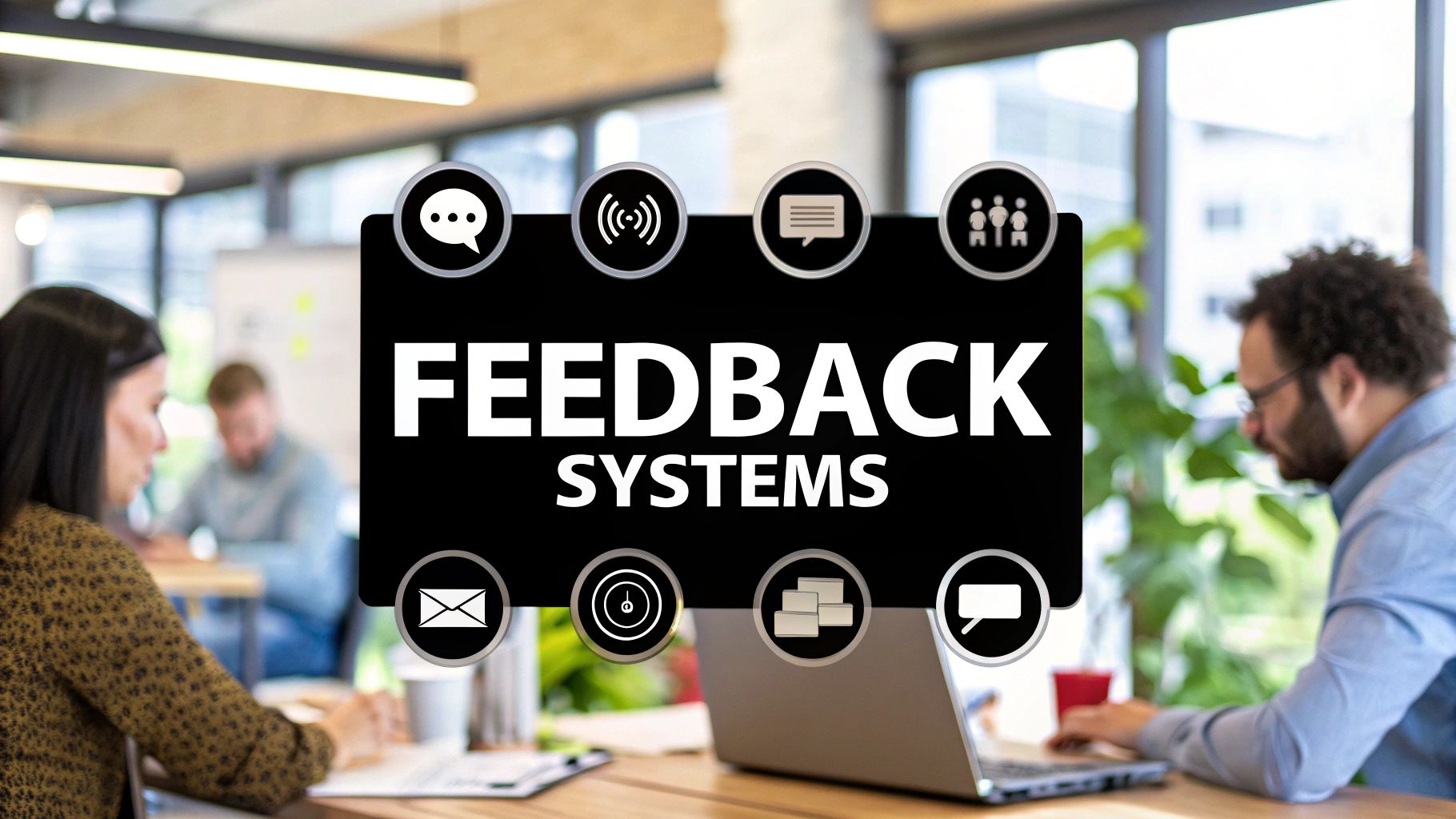Game-Changer Steps to Manage Underperforming Employees
Managing Underperforming Employees: Effective Tips and Steps
Underperfoming Employees: Having dedicated and high-performing employees is vital for the success of any organization. Nevertheless, there are instances when an employee’s performance may be subpar, leading to a negative impact on the team’s overall productivity and efficiency. It is crucial to determine the reasons behind an employee’s underperformance, recognize the indicators, and take necessary steps to resolve the matter.
Reasons why an employee may be underperforming
There are various reasons why an employee may start underperforming. It could be due to personal issues such as stress, family problems, or health issues. It can also be due to a lack of motivation, lack of training or skills, or unclear job expectations. It is important for managers to address these issues and provide the necessary support to help the employee get back on track.
This is similar to a car running out of gas, where you need to fill up the tank before you can move forward. Without addressing the underlying issues, the employee will not be able to reach their full potential.
Identifying the signs of an underperforming Employees
Identifying the signs of an underperforming employees is crucial in order to address the situation effectively. Some common signs include decreased productivity, missed deadlines, lack of initiative, and a decline in quality of work. It is important to closely monitor the performance of all employees and identify any gradual or sudden changes in performance.
Identifying underperforming employees in a team is like identifying a flat tire in a car. Just as a flat tire can hinder the performance of a car, underperforming employees can hinder the performance of a team. It is important to identify the flat tire before it causes any further damage to the car, just as it is important to identify the underperforming employees before it affects the productivity of the team. This is why it is essential to keep a close eye on all aspects of your team, including employee performance, to ensure that everything runs smoothly (You might even learn how to motivate underperforming employees).
Steps to take when dealing with underperforming Employees
How to manage underperforming employees: When you detect an underperforming employees, it is essential to address the situation promptly. The first step is to have a open and honest conversation with the employee to understand the reasons behind their underperformance. It is important to approach the situation with empathy and provide a supportive environment to discuss the issue. During this conversation, the manager should outline the expectations and goals of the position and explore how the underperforming employees can work towards improvement.
Managing underperforming employees is like steering a ship. Just as a captain must navigate the vessel through rough seas, changing currents, and unpredictable weather, a manager must guide their team through various challenges and obstacles that arise in the workplace. Both require a steady hand, a clear vision, and the ability to adapt quickly to changing circumstances. Just as a captain must communicate effectively with their crew to ensure that everyone is working together towards a common goal, a manager must foster clear communication and collaboration among their team members to achieve success.
Performance Improvement Plan
A performance improvement plan, or PIP, is a structured approach to help underperforming employees improve their performance. It involves setting specific goals for the underperformer, providing them with additional support and resources, and monitoring their progress closely.
It is like conducting an orchestra. Just as a conductor must bring together a group of musicians with different instruments and talents to create a cohesive and harmonious sound, a manager must bring together a team of individuals with different strengths and skills to achieve a common goal. Both require a clear vision, effective communication, and the ability to bring out the best in each individual while ensuring that everyone is working together in harmony. Just as a conductor must make adjustments to the tempo, volume, and balance of each instrument to create a perfect performance, a manager must make adjustments to the roles, responsibilities, and strategies of each team member to achieve success.
Steps to take when an employee underperforms
The key components of a performance improvement plan include:
- 1. Setting clear and measurable goals: The employee and manager should work together to identify specific areas of improvement and set goals that are specific, measurable, attainable, relevant, and time-bound. These goals should be based on the employee’s job description and company objectives.
- 2. Developing an action plan: Once the goals have been identified, the employee and manager should develop a comprehensive plan outlining how the employee will work towards improvement. This plan should include specific steps, timelines, and resources necessary to achieve the goals.
- 3. Providing ongoing feedback and support: Throughout the performance improvement process, the manager should provide regular feedback to the employee on their progress. This feedback should be constructive, honest, and geared towards guiding the employee towards success. Regular check-ins and coaching sessions can help the employee stay on track and address any challenges they may face.
- 4. Rewarding success: It is important to recognize the employee’s efforts and achievements throughout the performance improvement plan. This can be done through verbal praise, written recognition, or additional training opportunities.
Implementing a performance improvement plan requires commitment from both managers and employees. Both parties should be invested in the process and create a supportive and collaborative environment. By providing clear expectations, providing the necessary tools and support, and offering encouragement, managers can help underperforming employees improve and achieve their full potential.
Termination
In situations where an employee’s performance continues to be unsatisfactory even after attempts to improve their performance, it may be necessary to consider termination. Termination is the final step in addressing underperformance and involves the termination of the employee’s employment with the organization.
4 Reasons for termination
Termination should only be considered as a final option, and it should only be pursued if all reasonable efforts to enhance the employee’s performance have been exhausted. It is crucial to keep a record of all the measures taken to support the underperforming employee, including the establishment of a performance improvement plan.
There are various reasons why termination may be necessary, including:
- 1. Inability to meet job expectations: If an employee has consistently failed to meet the objectives of the job, despite numerous interventions and support, termination may be the only option.
- 2. Disruptive behavior: Some employees may be disruptive to the team or cause conflicts. In such cases, termination may be necessary to maintain a harmonious and productive work environment.
- 3. Illegal or unethical behavior: Termination may be necessary in cases where an employee engages in illegal or unethical behavior, such as theft, harassment, or breach of confidentiality.
- 4. Violation of company policies: If the employee violates established company policies or procedures, such as tardiness or absenteeism, termination may be necessary to ensure compliance and protect the organization’s interests.
Steps to terminate underperfoming employees
When terminating underperfoming employees, it is important to follow a fair and due process. This includes providing written notice to the employee, explaining the reasons for termination, and providing an opportunity to appeal the decision. It is also important to ensure that all paperwork and documentation is complete and accurate.
Terminating an employee without following a fair and due process is like taking a shortcut on a journey without checking the map first. Just like taking a shortcut can lead to getting lost or missing important landmarks, not following a proper termination process can result in legal issues and damage to the company’s reputation. By taking the time to follow a fair and just process, employers can ensure that they are on the right path and avoid any unwanted surprises or negative consequences along the way.
In conclusion, underperforming employees can have a significant impact on the productivity and efficiency of an organization. By understanding the reasons and signs of underperformance, implementing performance improvement plans, and taking necessary termination steps, organizations can create a productive and high-performing work environment.
Share this content:











































2 comments